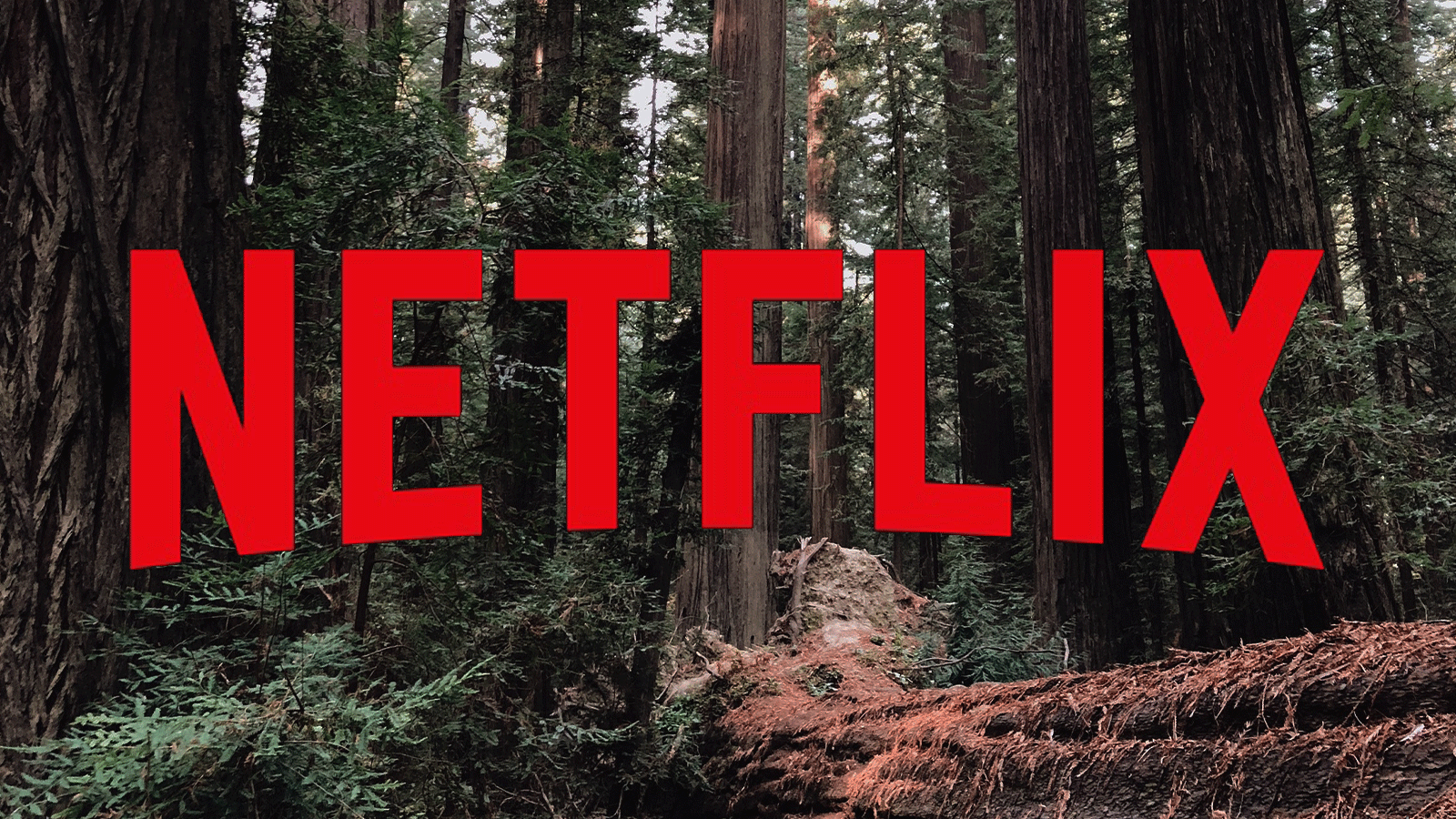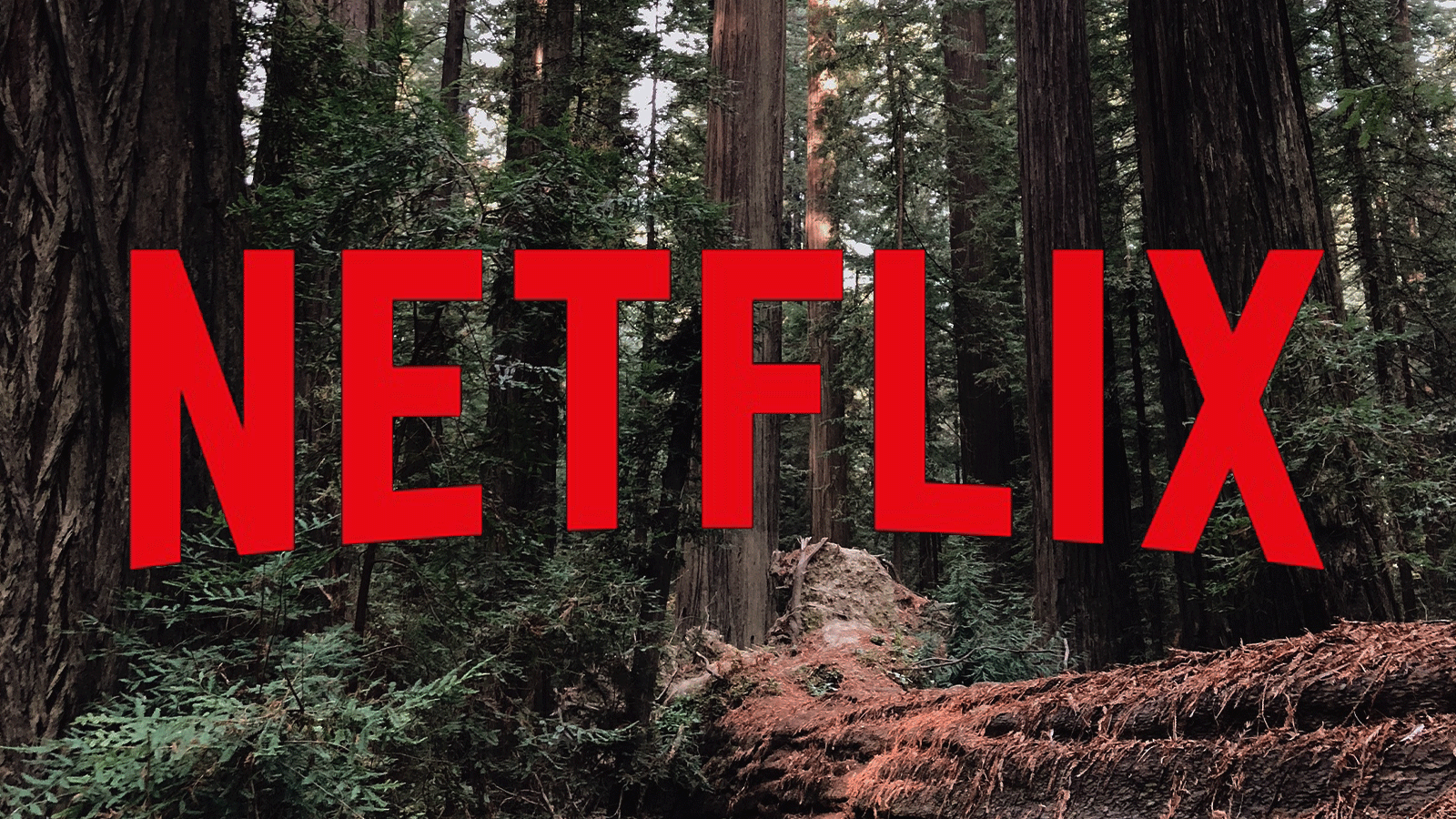
Garrett Rodriguez, a young San Diego man, moved to Humboldt County in December 2012 to work on a marijuana grow-operation, in the Emerald Triangle — a region in northern California where, interspersed with the old redwood forest that blankets the area, an estimated 80 percent of America’s black-market marijuana is grown.
Shortly after, Rodriguez disappeared. By April 2013, he was reported missing, and would never be heard from again. Rodriguez’s disappearance and the immense amount of illegal marijuana grown and trafficked out of Humboldt County due to prohibition form the backbone of “Murder Mountain,” a new documentary series released on Netflix that previously aired on Fusion TV.
The series braids together the story of Rodriguez’s disappearance and a portrait of Humboldt County into something that is attempting to be a true-crime series, a scathing indictment of local law enforcement, and a gritty portrait of a place that is undergoing a monumental change as California legalizes recreational marijuana.
The series’ sensational tone has already caused a stir in Humboldt County. Critics from the area have complained that the pitched documentary that was supposed to focus on the impact of the illegal cannabis trade in the area was torqued into a true-crime thriller about the death of a single employee. The Humboldt County Sheriff’s Office has criticized the series in a 1,500-word statement posted to Facebook, calling it a “highly sensationalized story” that relied on “unofficial and biased sources.”
Weedmaps News made several requests to interview director Joshua Zeman, but did not receive responses. Zeman has responded to some of the criticism, though, defending the series’ framing and choices.
“I wish we could have delved more into the OGs that created at first an unbelievable paradise,” Zeman told North Coast News. “At the same time, this was a true-crime show. It’s very hard to tell a story from everybody’s different sides.”
For viewers who are part of the larger cannabis community, the series is at its most engaging when it is offering a portrait of a community undergoing the kind of change that forces questions about identity and character. In this case, this was about if Humboldt County will join the newly legal market, or remain the center of the traditional market’s marijuana production.
Humboldt County History and Culture Take Center Stage in ‘Murder Mountain’s Messy Narrative
Humboldt County has been the heart of the underground marijuana industry in the United States since early hippies came to the area in the 1970s seeking a more remote lifestyle. But, as a young grower identified in the series only as Austin said, “The peace and love thing pretty much went out in the ’70s.” Since then, the reputation as a dangerous, outlaw community took root in the area; in the 1980s, the name “Murder Mountain,” referring to a small area in the southern part of the county, caught on after James and Suzan Carson were convicted of killing three people in 1983.
That reputation existed through much of the 1990s and early 2000s. But now, after California voted to legalize recreational cannabis in 2016, the area is in flux again. Much of the series focuses on the changing character of Humboldt County, as growers consider shedding their outlaw reputations in favor of participation in the legal market. Some farmers in the area were looking to go legit, after “the last outlaw grow.” Others saw their neighboring farmers struggle under fees, permits, and taxes, and stuck to the black market.
Humboldt County’s roots in the cannabis community are explored in documentary director Joshua Zeman’s Netflix series, “Murder Mountain.” The series focused on the disappearance of Garrett Rodriguez, who had moved to Humboldt County in December 2012 and vanished shortly after. “Murder Mountain” has sparked tense conversations among locals over the dark subject matter and the outlaw reputation of the cannabis-growing community.
For viewers, that story is often more interesting and nuanced than the filmmakers’ investigation of the murder of Rodriguez. Many of the Humboldt growers and employees interviewed in the series seem to be grappling with existential questions about their place in the cannabis market. What does it mean to go from outlaw to entrepreneur? What is the price of legitimacy?
Take grower Cyrus Allen, who criticizes Proposition 64, the vote to legalize adult-use marijuana, saying: “I did not vote for this, I did not. It’s really only set up for the user. … I don’t think the voters of California took into consideration that there’s got to be a farmer involved.”
For Allen, legalizing recreational marijuana means laying people off, abiding by regulations and facing a business plan where he said the numbers just weren’t adding up. It was an end to his business, way of life, and Humboldt County.
For others, like Jason Dookie of the Dookie Brothers, the change is about new beginnings. The filmmakers show him getting his interim growing permit — he exits the office, literally jumps for joy, and takes a celebratory bong hit. For Dookie, it’s all an opportunity to turn over a new leaf and start a life in a thing he loves.
Neither — and both — are the true story of Humboldt’s ongoing transformation. As a glimpse into that evolution, “Murder Mountain” reminds viewers that legalization means different things to different people, and that there are human beings on the other end of the unlicensed supply chain.
‘Murder Mountain’ Offers a Blurry Snapshot of a Culture and Industry Shifting
As the series was released, Canada was in the early months of its legal market, and marijuana legalization won a few key votes in the Nov. 6, 2018, U.S. elections. And while Humboldt County is a unique place, the idea that there are knock-on effects of legalization that are hard to track or predict could be timely advice to some jurisdictions.
But it is also a reminder of the things that survive whatever transformations may befall them. Near the end of the series, the filmmakers follow Austin as he marches up Murder Mountain to bury about $40,000 in cash underground. Even though the legal market seems to be finding its place in Humboldt County — the series concludes with more than 200 growers who have banded together under the brand True Humboldt to build a local, sustainable cannabis industry — there are things which won’t change.
Humboldt County in Northern California’s “Emerald Triangle,” a famed cannabis-growing region, is forced to reckon with both its outlaw past and the transition to a legal marijuana marketplace. Both are covered in the Netflix documentary “Murder Mountain,” so named after a notorious triple murder in 1983.
The viewer takes from the series the sense that the changes that come with the transition from illegal to legal might only be surface-level changes. What makes Humboldt County marijuana distinct is not just the legality by which it was produced; it is, the series seems to suggest, something that exists in the soil and the hills and the culture there.
When the cameras leave and the series ends, it’s Humboldt County itself that has to figure out what that means.
“As long as there’s money to be made out here, and an idea of being free,” Austin said in the docuseries, “as long as that exists out here, there will always be outlaws in Humboldt County.”











